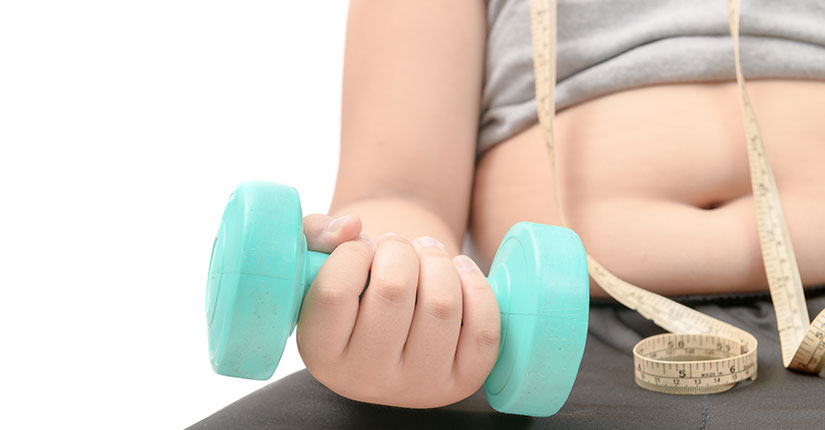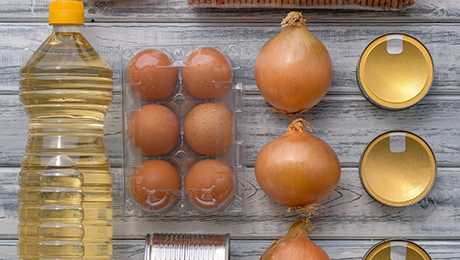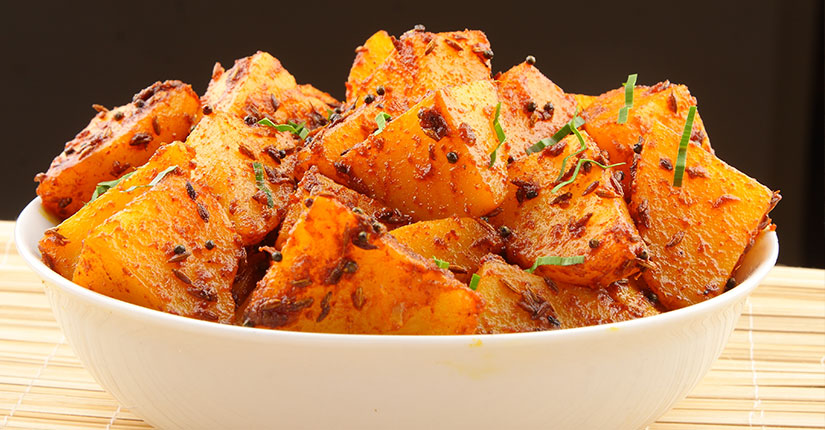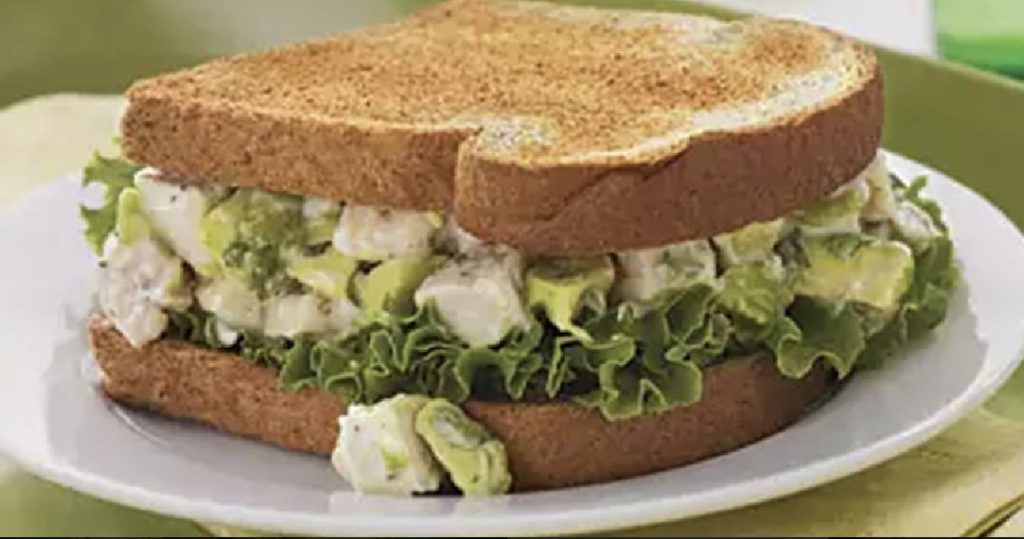5 Tips to Make Your Regular Snacks More Healthy
By Nmami Agarwal 19-Jul 2020 Reading Time: 7 Mins
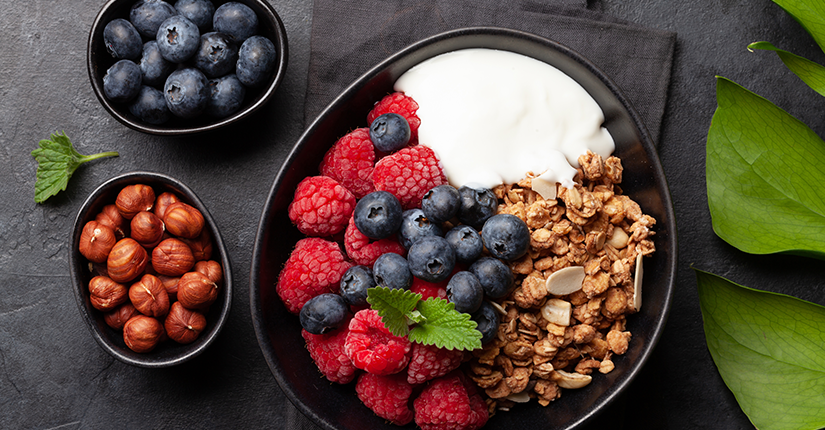
Snacks should not be just able to satisfy hunger but also add nutritional value. With age, as calorie requirements might change or decrease as in the case of elderly, nutrient needs mostly stay the same or even increase. Thus, not just your meals but snacks should also be packed with a nutritional punch.
If you choose the right foods, they can help bridge the nutrient gaps in your diet, help you stay satiated so you don’t overeat at meals, and give you energy when you need it — all while tasting great.
Go on! Read on for a few ideas to make every bite count:
- Watch out the calories
- Make it protein-dense
- Add colors with a dose of fiber
- Restrict sugar intake
- Dust off that extra sodium
Fortunately, there’s no precise number of calories you should get in a snack; the specifics depend on the needs of the individual. Add foods that provide more nutrients and fill you up for fewer calories. A well-planned snack can make all the difference in not gaining weight over time and also not making you go hungry of deficient on nutrients. Some of the options could be instead of topping with grated cheese, add cottage cheese. Both options will fulfill your daily calcium needs but cottage cheese would be just less calorie-dense. Also, pay attention to portion sizes, even for edibles that you think of as being good for you. Take a smaller portion and if you still feel hungry, try taking second serving.
Protein, the king of nutrients, and it does seem to have some superpowers as it is a satisfying nutrient which is the key when it comes to snacks that will tide you over until your next meal. If you add a protein yogurt for a mid-afternoon snack, you feel less hungry, and, ultimately, ate around 100 fewer calories at dinner than those who’d snacked on crackers or chocolate. As we age, our protein requirement increases so as to prevent the loss of muscle mass. Snacks that include beans, dairy, or nuts — in items like hummus, yogurt— are all good sources of protein. Due to its ability to affect your hunger and satiety hormones, it’s the most filling of the macronutrients.
High protein intake may increase the number of calories you burn per day. Have an aim to add a source of protein to each meal and snack. It will help you feel fuller for longer, curb cravings, and make you less likely to overeat. Other good sources of protein include dairy products, nuts, peanut butter, eggs, beans, and lean meat.
Whether at work, school, or at home, a bowl or a box of fruits and veggies to any snack makes it colorful and tempting. You’re more likely to snack on healthy options if they’re handy so keep it at your desk or maybe in your nearby rack. Adding baked beans to your bread or adding zucchini and cherry tomatoes to your pasta, whatever works best for you. The right snacks can help you to focus mentally by taking the edge off our hunger and can provide a much-needed energy boost throughout the day.
Fiber is one-half of the satiation equation while protein being the other. Fiber aids digestive health and can help us with blood sugar control and lowering cholesterol. Try to snack on fiber-rich veggies, such as carrots; fruits like pears or berries; legumes, including chickpeas; whole grains, and nuts, like almonds.
Take refined-grain snacks, like pretzels and crackers, as well as sweetened snacks like jellies, cookies, and candies, off your regular munchies menu; keep them for once-in-a-while treats. They’re not good at filling you up or providing valuable nutrients. Snacks high in simple sugars can cause inflammation in the body, weight gain causing obesity and linked to many chronic illnesses, including arthritis, heart disease, and even Alzheimer’s.
Limit sodium intake to no more than 1,500 milligrams daily — that’s less than a 3/4 teaspoon of salt. Almost three-quarters of the sodium we eat comes from processed, pre-packaged and restaurant foods. Preparing snacks yourself, however, means you can use lower-sodium ingredients to right at least one-half of the equation. Fresh produce, unsalted nuts and homemade salads are naturally low in sodium and can be good snack options as well. If you shop for packaged snacks, check labels to find the lowest-sodium varieties.
Over to you
A snack option easily bought from the store, even though freshly prepared might not just be a healthier option than the ones you prepare at home. Choose to opt for easy and variety of home-made snacks like salads, crunchy sautéed veggies or roasted legumes or grains like roasted soybean or chickpeas. Keep the portion size in check.







